The iPhone 12 Pro is the second model from the top in Apple’s 2020 smartphone lineup, featuring a 6.1-inch OLED HDR10 display, 6GB RAM and the A14 Bionic chipset. The camera comes with standard-wide, ultra-wide, and tele modules, distinguishing it from the lower-tier iPhone 12 and iPhone 12 MIni models that both lack the tele. The top-end iPhone 12 Pro Max also comes with a triple-camera setup, but uses a larger sensor in the standard-wide and a slightly longer tele-lens compared to the 12 Pro.
With 12 MP sensors in all three cameras, a 13 mm-equivalent ultra-wide lens and a 52 mm tele, the 12 Pro’s camera specifications on paper look similar to last year’s iPhone 11 Pro Max. Can it still compete with the 2020 elite camera models from the competition? Read our full review to find out how the Apple iPhone 12 Pro performed under the brand-new version 4 of the DXOMARK Camera test protocol.
Key camera specifications:
- Primary: 12 MP sensor (1.4 micron photo sites), 26 mm-equivalent f/1.6-aperture lens, PDAF, OIS
- Ultra-wide: 12 MP 1/3.6″ sensor, 13 mm-equivalent (14mm measured) f/2.4-aperture lens
- Tele: 12 MP 1/3.4″ sensor, 52 mm-equivalent f/2.0-aperture lens, PDAF, OIS
- LiDAR depth sensing
- Dual-LED flash
- 4K Dolby Vision HDR video at 24/30/60 fps (2160p/30 fps tested)
About DXOMARK Camera tests: For scoring and analysis in our smartphone camera reviews, DXOMARK engineers capture and evaluate over 3000 test images and more than 2.5 hours of video both in controlled lab environments and in natural indoor and outdoor scenes, using the camera’s default settings. This article is designed to highlight the most important results of our testing. For more information about the DXOMARK Camera test protocol, click here. More details on how we score smartphone cameras are available here.
Test summary
Scoring
Sub-scores and attributes included in the calculations of the global score.
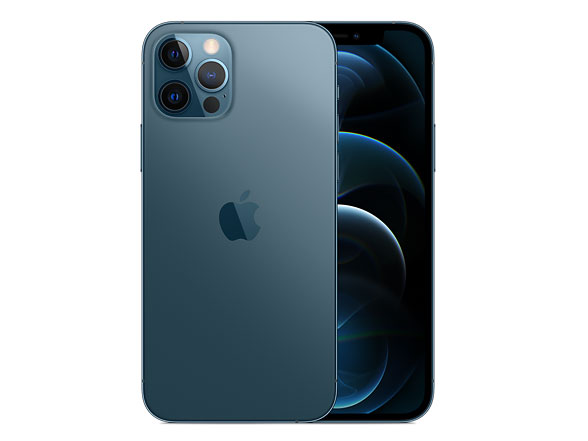
Apple iPhone 12 Pro


Use cases & Conditions
Use case scores indicate the product performance in specific situations. They are not included in the overall score calculations.
Outdoor
Photos & videos shot in bright light conditions (≥1000 lux)
Indoor
Photos & videos shot in good lighting conditions (≥100lux)
Lowlight
Photos & videos shot in low lighting conditions (<100 lux)
Friends & Family
Portrait and group photo & videos
With a DXOMARK Camera overall score of 128, the Apple iPhone 12 Pro makes it into the top five in our ranking, improving on last year’s 11 Pro Max by four points and replacing it as the best Apple device in our database. The overall score is founded on a high Photo score of 135 and a very good Video score of 112. With a score of 66, Zoom is the area where the iPhone 12 Pro loses some points against the best in class, mainly due to its tele-lens offering only a 2x optical magnification.
In Photo mode, we found the autofocus system to be one of the highlights, offering fast and accurate performance in most situations. The device also achieves an excellent score for its preview image that is closer to the final capture than many other high-end devices. Exposure is mostly good, but our testers found dynamic range to be a little limited, with both highlight and shadow clipping occurring in difficult conditions. Color rendering is accurate under indoor lighting, but color casts can be noticeable in outdoor images; and while the camera also offers good detail retention if you don’t shoot in in very dim conditions, you can often find image noise in indoor and low-light shots.
The iPhone 12 Pro’s tele-zoom shots offer good quality at closer zoom distances but struggle a little with detail if you zoom out further, though they are an improvement over the iPhone 11 Pro Max. At the other end of the zoom range, the phone’s ultra-wide camera captures good image results, but has room for improvement in such areas as detail and corner softness.
Video is where the iPhone 12 Pro really shines. The HDR-enabled clips are exposed well and dynamic range is wide, offering a cinematic look in scenes with stronger contrasts. Dynamic range is not quite on the same level as what can be done for still images (in very high-contrast scenes tone-mapping could be better), but for smartphone video it’s up there with the very best. Our testers also liked the color and skin tone rendering, but also observed some white balance casts. The 4K footage shows good levels of detail until light levels drop too much, and the autofocus does a good job at keeping things in focus, even in dynamic scenes. The stabilization system works very well, too, keeping things steady and smooth when walking with the camera in your hands or when standing still while recording.
Photo scores explained
The Apple iPhone 12 Pro achieves a high Photo score of 135, thanks to a balanced performance across most image quality attributes. In this section, we take a closer look at how each sub-score was determined and compare image quality against some key competitors.

Exposure and Contrast
Apple iPhone 12 Pro
93
111
The iPhone 12 Pro does well in this category but leaves some room for improvement. While target exposure is usually good in most situations (which is what we would expect from any device in 2020), dynamic range is a little more limited than on many competitors across all light conditions. The latter can be seen in the graph below. While the iPhone 12 Pro’s dynamic range is on par with the competition at a brightness difference of 2EV, it drops off and even dips below the 11 Pro Max at a more extreme 7EV.
We use this test scene to measure dynamic range. The brightness of the backlit panels at the top and on the right can be varied to increase or decrease the difference to the Dead Leaves chart at the center of the setup. As you can see, both iPhones show a lot more highlight clipping in the grayscale blocks of the backlit panel than the Huawei P40 Pro.
In this outdoor shot, the Apple manages to control highlight clipping in the background well, but only at the cost of slight underexposure and shadow clipping on the foreground subjects. The Samsung exposes the subjects slightly brighter but shows more highlight clipping in the back. The Huawei P40 Pro delivers the most balanced exposure overall in this comparison.
The iPhone’s slightly limited dynamic range is also visible in this low-light shot. Both the Huawei and Samsung maintain more detail on the bright screen of the tablet. The 12 Pro is an improvement over the 11 Pro Max, though, thanks to better target exposure on faces and better controlled highlight clipping in low light.

Color
Apple iPhone 12 Pro
100
107
The iPhone 12 Pro achieves a good score for color, thanks to generally nice color rendering, like in this outdoor shot.
However, blue and green casts are often noticeable in outdoor shots. The portrait below has a strong blue cast that results in unnatural skin tones and overall unpleasant colors for the scene. The Samsung produces a much better result for this scene, but the Huawei image is slightly blue, too.

Autofocus
Apple iPhone 12 Pro
106
109
One of the differences between the iPhone 12 Pro camera and the 11 Pro Max is a new LiDAR laser system that supports the autofocus, and the new model’s autofocus performance is indeed impressive, with excellent performance in pretty much all light conditions, including low light and difficult high-contrast scenes.
You can see in our chart below that in handheld shooting under indoor 100 lux lighting with 2 EV contrast, both the Huawei P40 Pro and Samsung Galaxy Note20 Ultra 5G deliver sharp images, but are noticeably slower than the iPhones.
In this difficult scene, the iPhone 12 Pro sets the focus right where it should be on the glass in the foreground. The Samsung is very close, too, but the Huawei struggles with the transparent objects in the scene and places the focus further back.

Noise
Apple iPhone 12 Pro
73
102
The iPhone 12 Pro does a good job at rendering fine detail and is on a similar level in our measurements as the Huawei P40 Pro and last year’s iPhone 11 Pro Max across all light levels. The Samsung Galaxy Note20 Ultra 5G is the only device that drops off slightly in low-light conditions.
The measurements are confirmed by our real-life samples, and all three cameras deliver very good fine detail in this outdoor scene. You’d struggle to find any major differences, even under close inspection.
There’s also very good detail in all of these indoor portraits, but the iPhone 11 Pro Max is a little noisier on the skin tones than the new model.
Differences are small in this indoor scene, but a small improvement in terms of noise compared to the 11 Pro Max is visible. Luminance noise on the newer model looks slightly more finely grained and less intrusive than on the older iPhone.
In this plot of our lab measurements you can see that the 12 Pro has slightly improved over the 11 Pro Max in bright light and under indoor lighting levels. The Huawei P40 Pro is still better in light levels from 300 lux downwards, though.
The iPhone 12 Pro’s artifacts score is not among the best because our testers frequently observed a range of image quality-reducing artifacts, including color quantization, ghosting, hue shifts close to clipped areas, and ringing.

Night
Apple iPhone 12 Pro
59
82
The iPhone 12 Pro isn’t among the best in this category but is an improvement over the 11 Pro Max. Night mode automatically triggers and in this shot you can see the new iPhone also manages a good exposure on the background. Exposure on the face is OK, but could be a little brighter. A lot of noise and a lack of detail become visible under closer inspection, too, but it’s a slightly better than the 11 Pro Max. Face exposure is better on the newer model as well.
In comparison, the Huawei achieves better detail and lower noise. It’s also got the brightest face exposure but opts for a darker exposure on the background than the Apple devices.
The Apple iPhone 12 Pro does a good job in bokeh simulation mode but is not among the very best for this category. Bokeh simulation images captured on the new Apple generally offer high levels of detail, but some depth estimation artifacts can be noticeable around the foreground subject.
In this shot the Apple achieves a natural-looking shot with a realistic blur effect. Subject isolation isn’t very clean around the hair, though. Both the P40 Pro and the iPhone 11 Pro Max do a slightly better job in this respect.
The 12 Pro is also pretty good at creating simulated bokeh on moving elements in a scene, presumably thanks to its new laser system for depth measurement. Here you can see that the moving hand is a lot blurrier on the Huawei P40 Pro image than it is in the iPhone images.

Preview
Apple iPhone 12 Pro
77
80
Preview is excellent on the iPhone 12 Pro. Exposure of the preview image is pretty much identical to the final image. There are some differences in terms of dynamic range, though, with the final image offering a wider dynamic range than the preview.
Some differences are visible between preview and capture in bokeh simulation mode, but preview is not too bad overall. In this scene, the preview is noticeably darker than the capture and it does not render the simulated bokeh effect identically.

The preview is smooth when zooming, but we can see some white balance and exposure instabilities when the device switches cameras.
Zoom scores explained
The Apple iPhone 12 Pro achieves only an average Zoom score of 66, with room for improvement in both the tele and wide categories. In this section, we take a closer look at how the tele and wide sub-scores were achieved and compare zoom image quality against some key competitors.

Tele
Apple iPhone 12 Pro
83
140
With a tele score of 83, the iPhone 12 Pro trails some ways behind the best smartphone tele-cameras but is still capable of capturing very decent results, especially at closer zoom distances.
This close range shot (approximately 2x) has a wider dynamic range than the comparison devices. Some fine detail has been lost, but the Apple still looks good next to the competitors in this respect. Noise levels are higher than on the Huawei P40 Pro, tough. There is also some noticeable ringing and a hue shift close to clipped areas in the sky, but the iPhone does very well in this comparison overall. Things look very similar at medium tele range.
At long-range tele (approximately 10x), differences between the iPhone 12 Pro and the 11 Pro Max become very visible. The iPhone 12 Pro image is quite soft, but its noise levels are considerably lower than on the 11 Pro Max. However, the Huawei P40 Pro is capable of capturing a sharper image at long range.

Wide
Apple iPhone 12 Pro
41
58
The iPhone 12 Pro’s ultra-wide camera captures good image results but has room for improvement in some areas. Target exposure is usually good and image noise is generally well under control, but the level of detail could be higher. Our testers also observed increased softness towards the corners and anamorphosis (perspective distortion) artifacts on subjects close to the edge of the frame.
In this shot we can see that the iPhone offers a field of view that is on par with the widest devices out there, such as the Samsung Galaxy Note20 Ultra. There is a slight lack of detail, though, as well as some ringing and aliasing close to the edges. The image also has a slightly green color cast. The Huawei P40 Pro image shows more detail in comparison and better color, but its field of view is narrower.
Video scores explained
A device’s overall Video score is derived from its performance and results across a range of attributes in the same way as the Photo score. The iPhone 12 Pro video mode was tested at 4K resolution, 30 frame per seconds and HDR mode (HLG Dolby Vision), which achieved the best results overall. We analyzed the Apple’s HDR videos using an HDR-compatible display (Apple XDR Pro Display). We analyzed the comparison devices in this test using their native SDR (standard dynamic range) mode and SDR displays.
The Apple iPhone 12 Pro achieved a very good Video score of 112. Its Video sub-scores are as follows: Exposure (101), Color (100), Autofocus (103), Texture (81), Noise (97), Artifacts (77), and Stabilization (101). In this section, we take a closer look at the device’s strengths and weakness for video, with some comparisons against its key competitors.
Video clips recorded on the iPhone 12 Pro have good exposure across most light levels. Even clips recorded in very low light are still usable, but you can see in the graph below that the Huawei P40 Pro manages brighter footage in very dim conditions. Thanks to HDR recording, dynamic range is very wide, avoiding too much highlight or shadow clipping even in difficult high-contrast scenes.
In this clip we can see how the iPhone 12 Pro deals very well with the difficult backlit scene and manages to maintain both good highlight and shadow detail — a slight but visible improvement over the 11 Pro Max.
The new iPhone also does well for color in video clips. Color rendering is nice and and skin tones look pleasantly natural in most conditions. The only point of criticism is slight white balance casts that are just about noticeable in most shooting conditions. White balance can also be a little unstable and transitions in changing light conditions can be abrupt.
Noise in video clips is well under control and has been improved compared to the iPhone 11 Pro Max, but it’s not quite as low as on the Huawei P40 Pro with its larger image sensor.
Very fine detail gets blurred in clips recorded under typical indoor conditions or in low light. However, the iPhone 12 Pro still captures good detail across all light levels and shows a slight improvement over the 11 Pro Max in this respect. If detail in video is of high importance, however, the Huawei P40 Pro is the better choice.
The slight loss of detail is indoor lighting is best visible in this clip starting at 37 seconds. The earlier part provides a good demonstration of the iPhone 12 Pro’s effective video stabilization system that does a good job at counteracting both walking motion and camera shake when standing still while recording.
The autofocus system also contributes to a pleasant video experience by performing quickly and accurately in bright light and under indoor conditions. Artifacts are generally fairly well controlled when shooting video, but our testers found color quantization and flare artifacts in some of our sample clips, such as this one.
Conclusion
The iPhone 12 Pro isn’t even the top-flight model in Apple’s 2020 smartphone lineup, but still makes it into the upper echelons of our ranking and is for now the best iPhone in our database. Its Photo performance is solid across the board and a slight improvement over last year’s flagship 11 Pro Max in many areas. The new model shines in its video mode, which thanks to HLG Dolby Vision technology, offers a wider dynamic range than many rival phones. If tele-zooming is a high priority, the iPhone 12 Pro might not be your number one pick, but it’s an easy recommendation for any other mobile imaging application.
Pros
- Consistently accurate autofocus in most conditions
- Mostly accurate exposure for photos and videos
- Good color rendering under indoor lighting
- Nice rendering of fine detail in bright light and indoor conditions
- Nice color and skin tones in videos
- Fairly effective video stabilization
Cons
- Limited dynamic range in photos results in highlight and shadow clipping
- Frequent blue and green color casts in outdoor shots
- Image noise, especially when shooting indoors or in low light
- Image artifacts, including color quantization, ghosting, hue shift and ringing
- Slight color casts in video
- Loss of fine detail in indoor and low-light video
- Color quantization and flare in videos
A note about image formats for this review: The Apple iPhone 12 Pro records photographs in the DCI-P3 color space, which Apple displays also use. DCI-P3 is newer and larger than the sRGB color space that most devices use. So to ensure that the images we used in the review display properly on a wide variety of browsers and devices, we converted the originals from DCI-P3 to sRGB. This can slightly reduce the richness of color in some cases from what you would see when viewing the original images on a DCI-P3-calibrated display with appropriate software. We also captured the original images using the new HEIF (High-Efficiency Image Format), but then converted them to very high-quality JPEGs for viewing in standard browsers and image editing software. (HEIF is very similar to JPEG, but provides better compression for similar image quality, so the conversion makes the sample image file sizes larger than they were when shot.)
We uploaded the iPhone 12 Pro HDR videos that use HLG Dolby Vision technology to Youtube without alteration. We recommend watching them on a compatible display for the best experience. This said, YouTube processing may alter the video quality, which is out of our control.



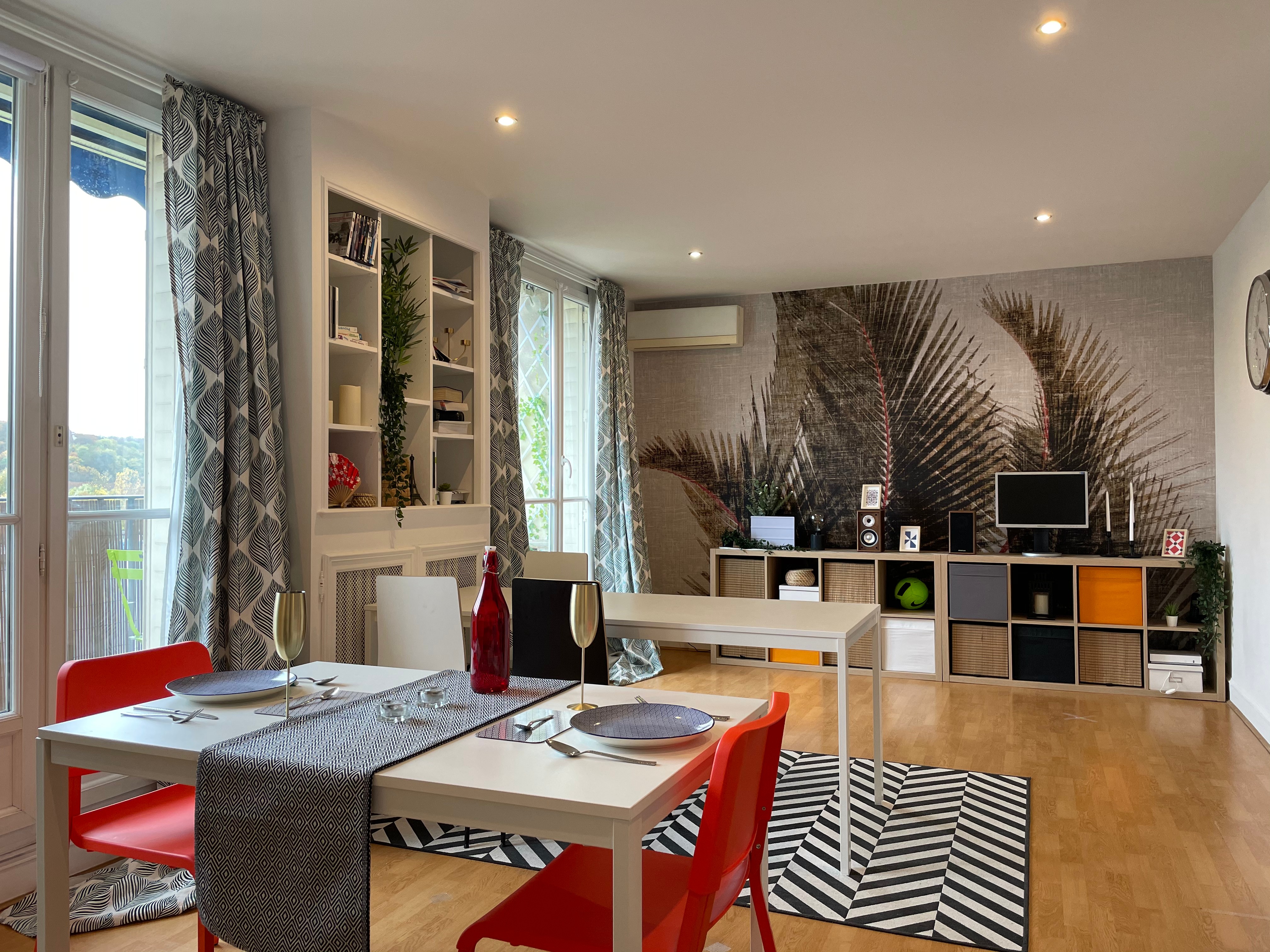
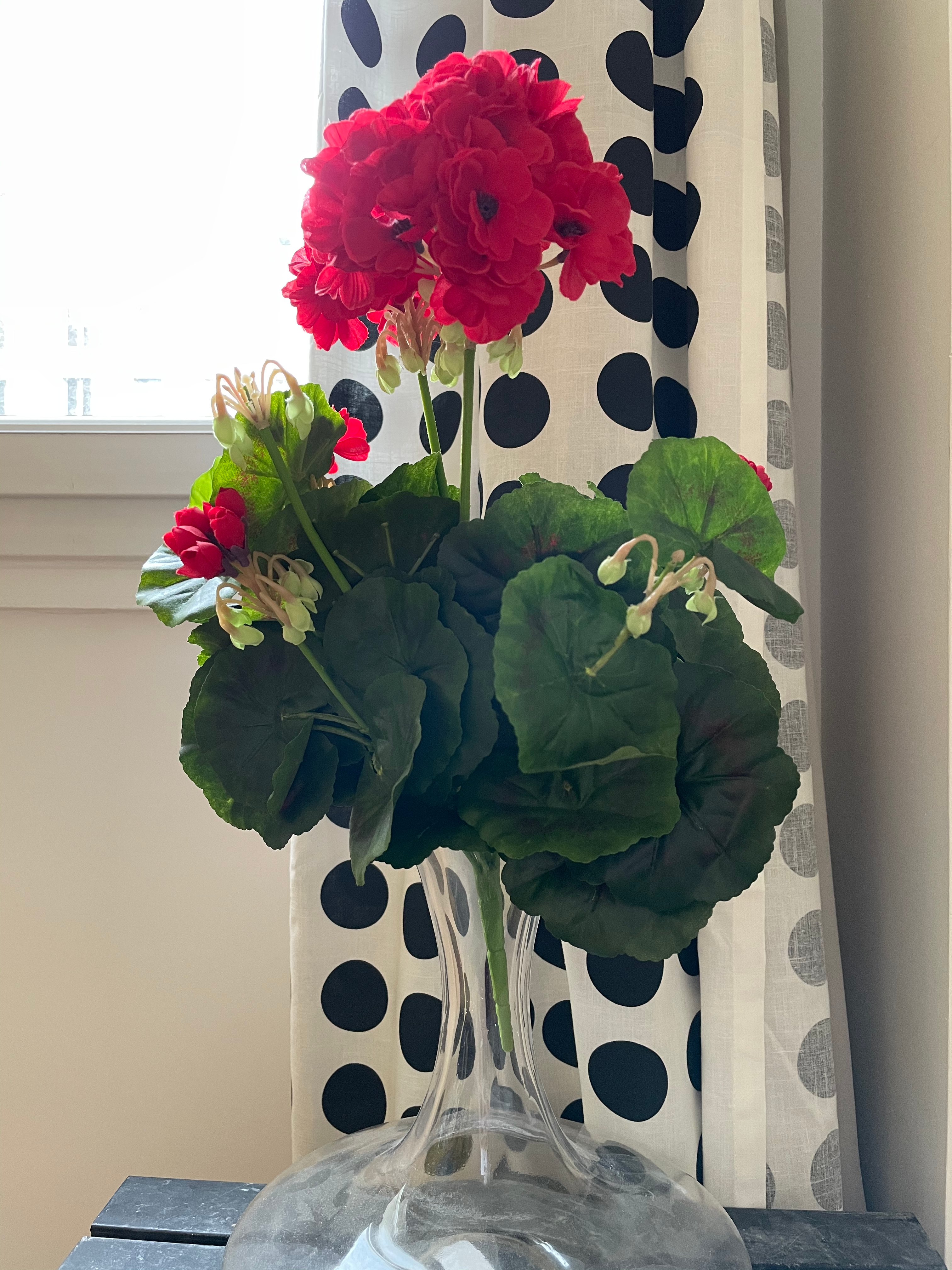
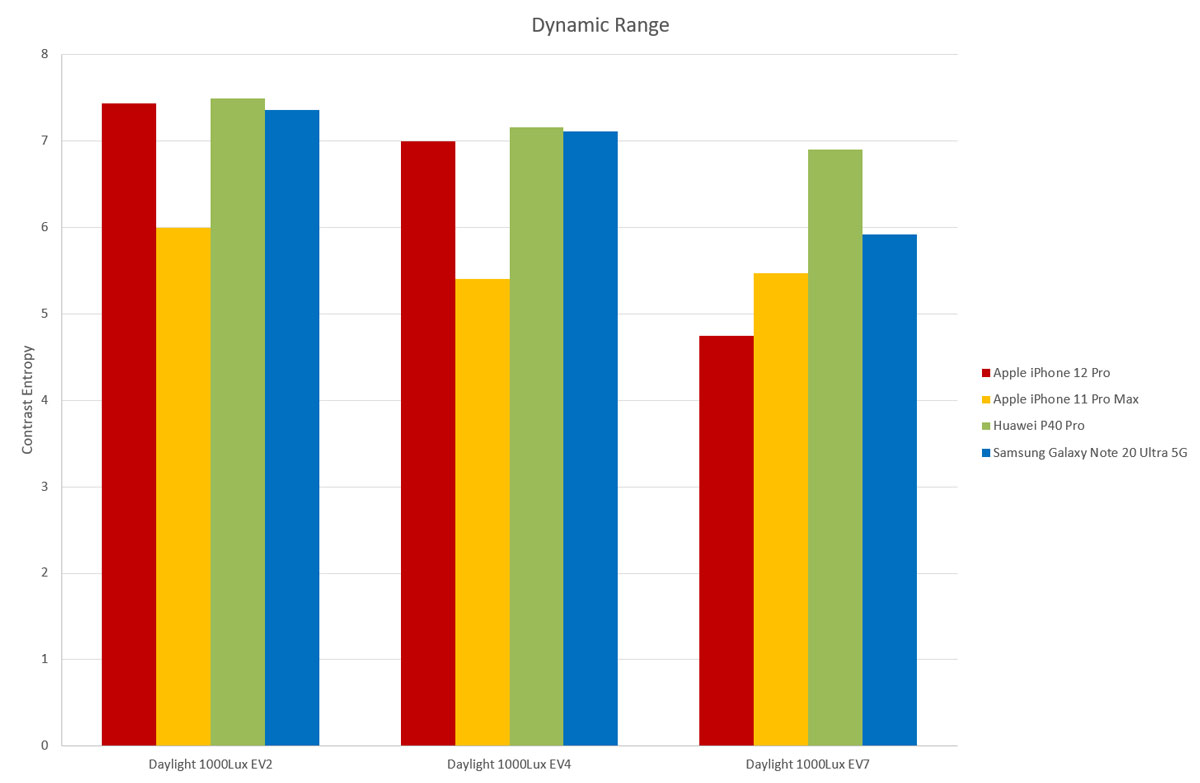
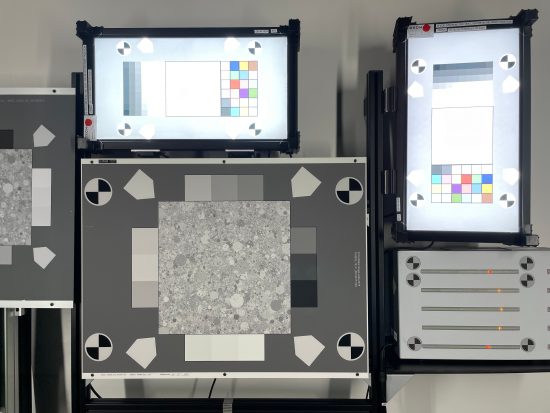
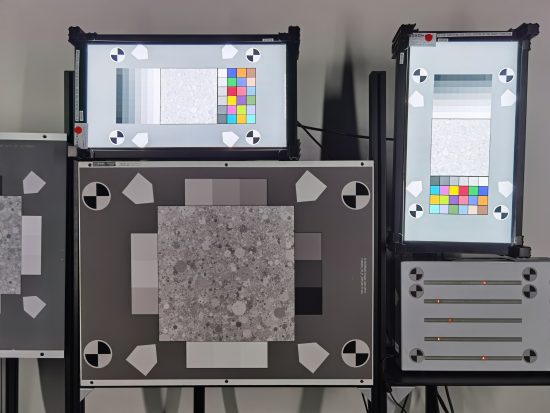
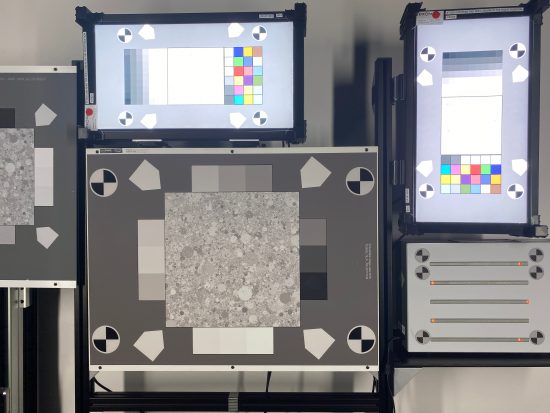
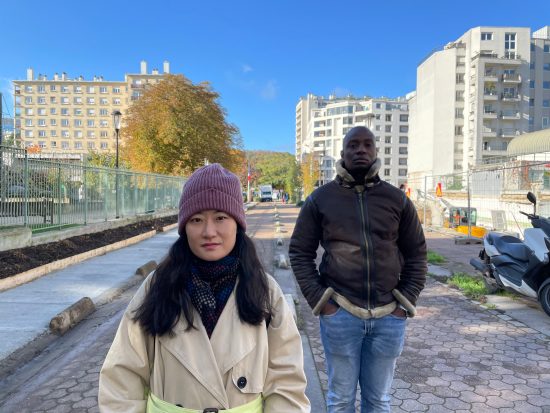
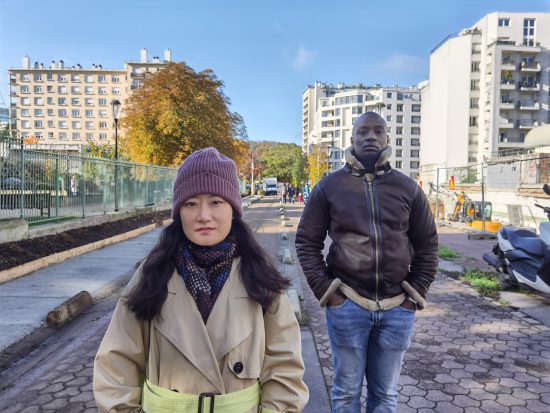
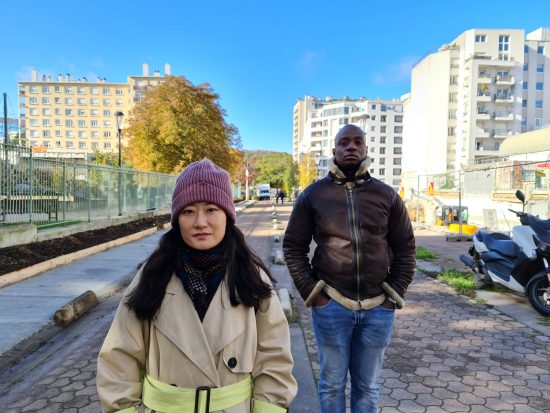
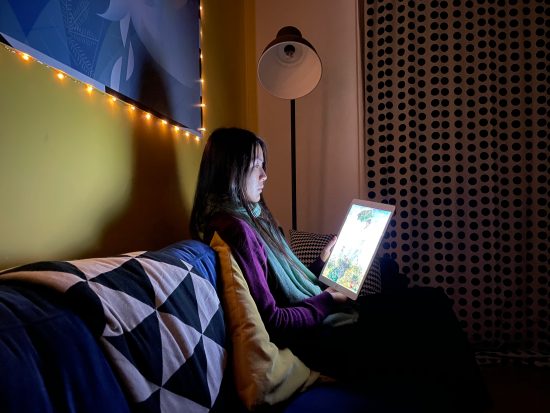
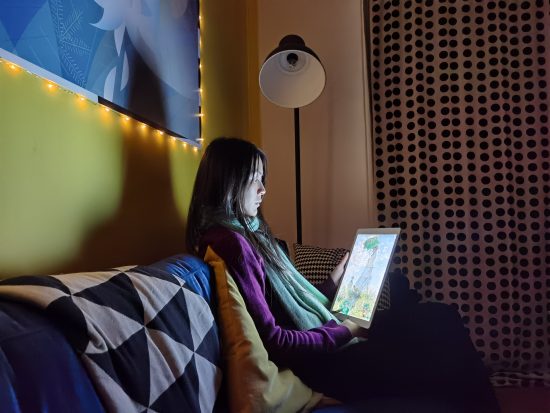
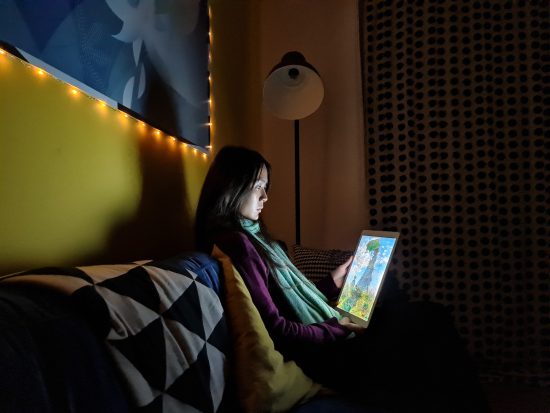
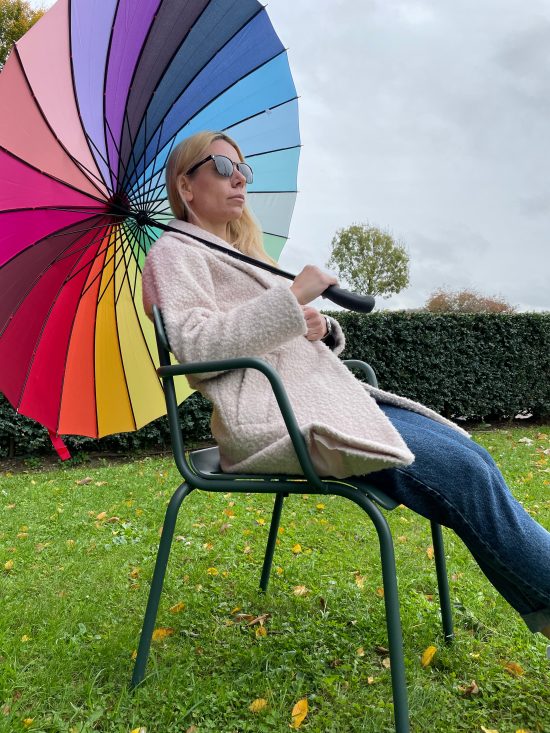
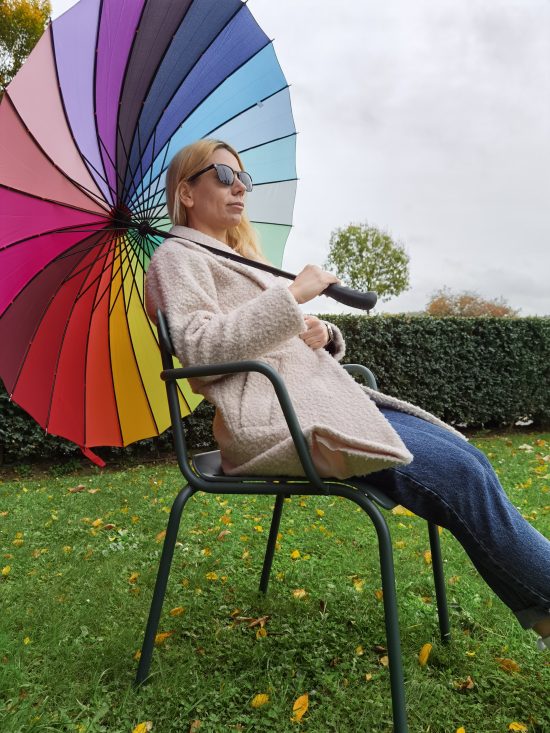
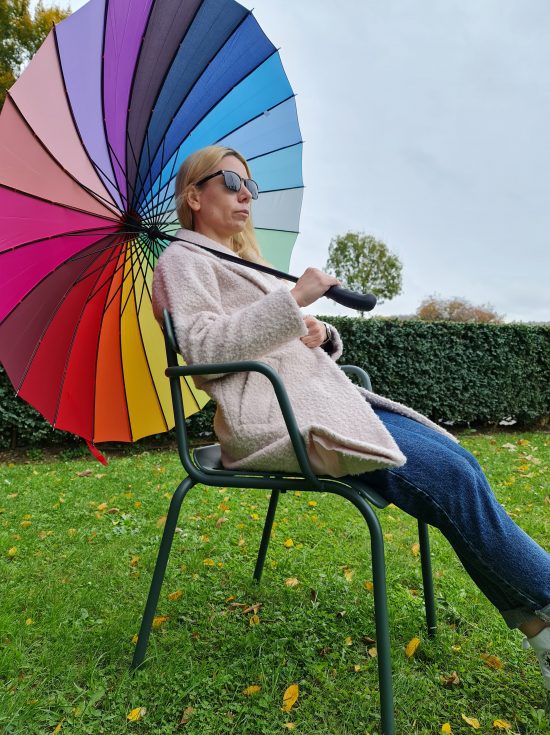
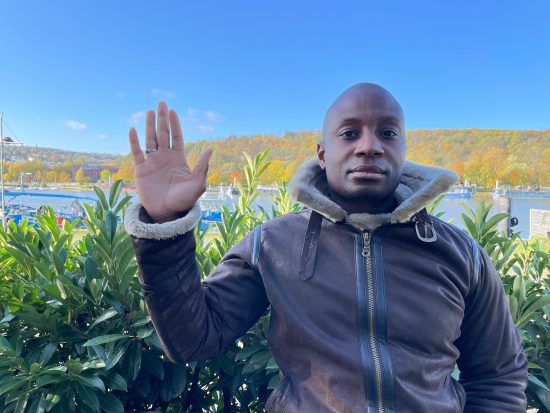


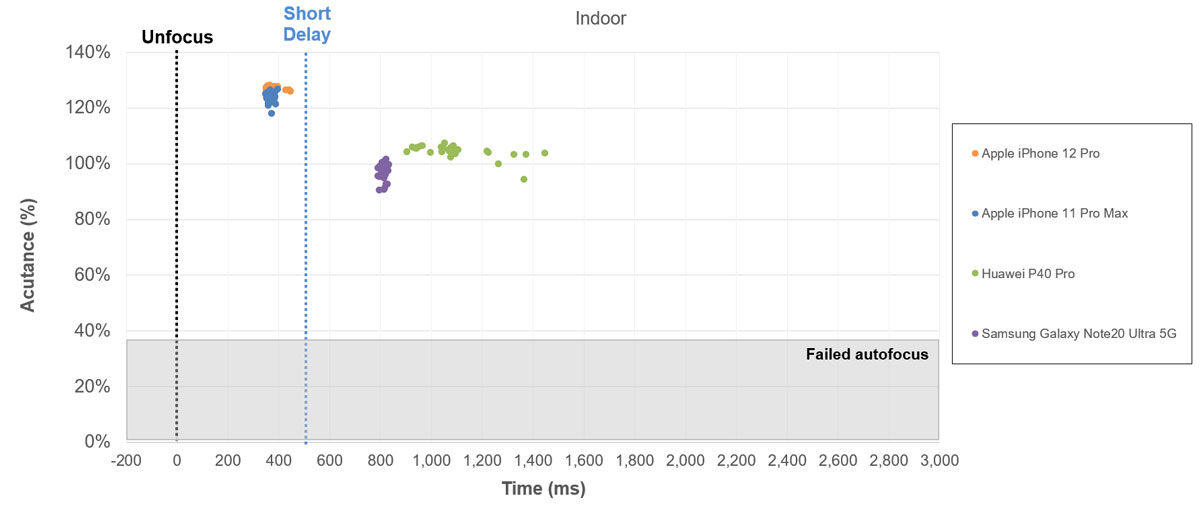
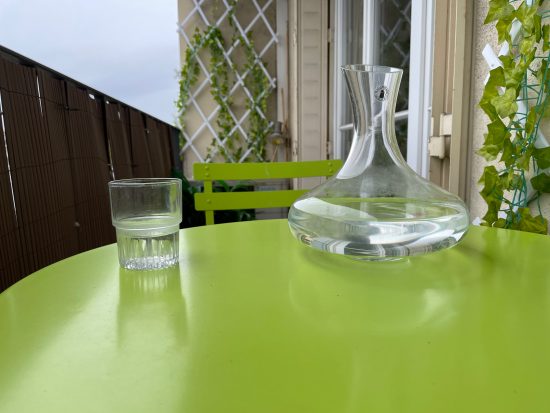
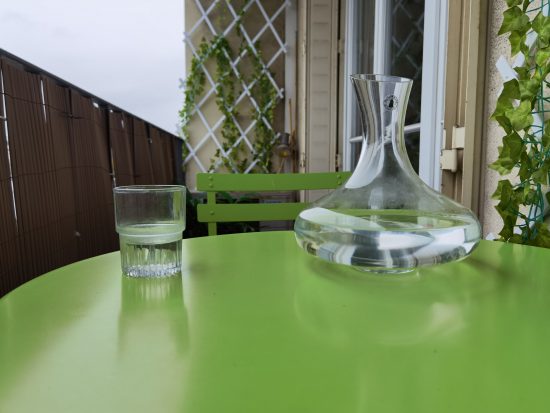
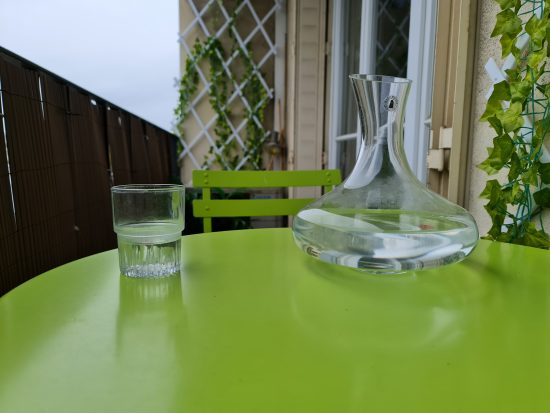

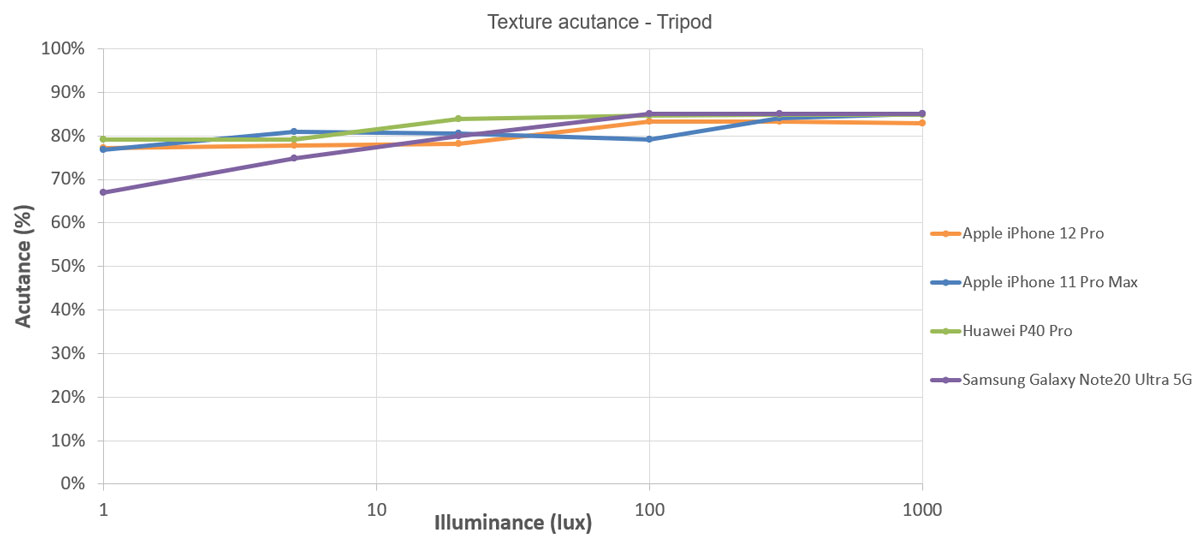






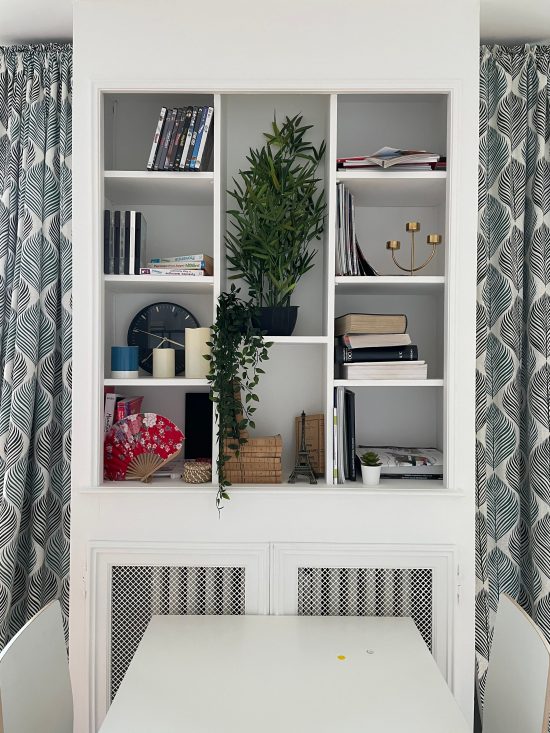
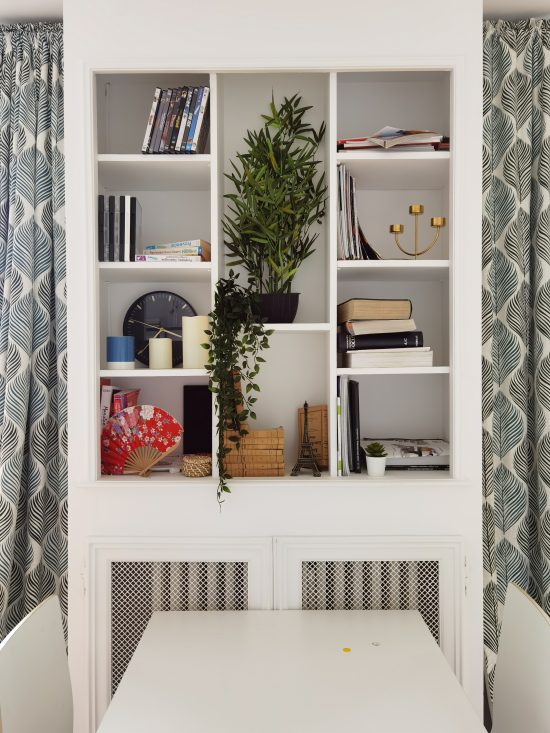
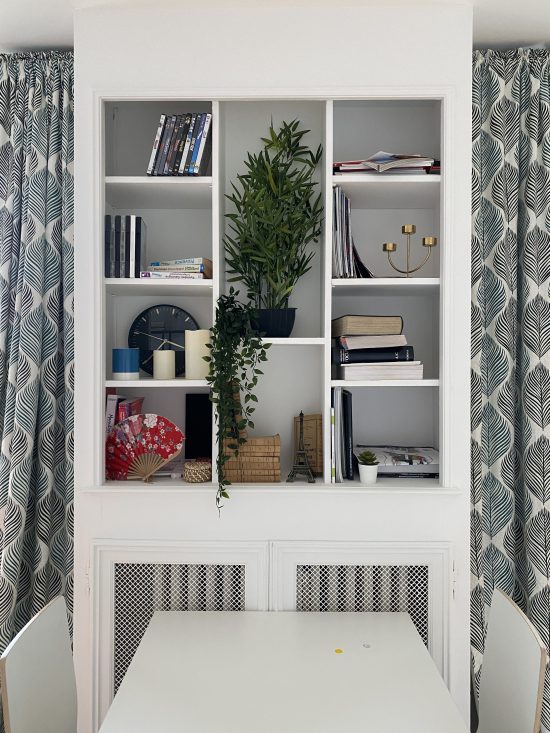
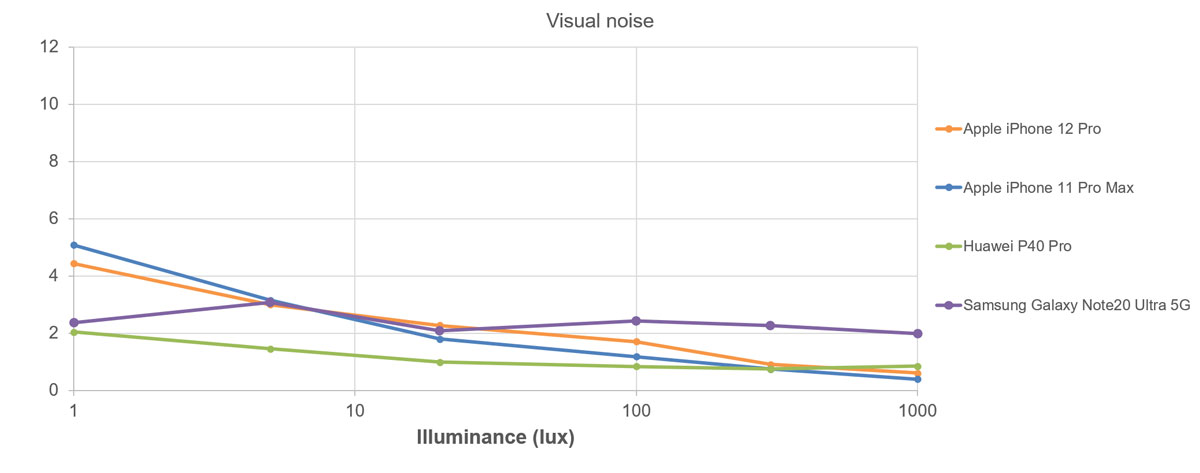



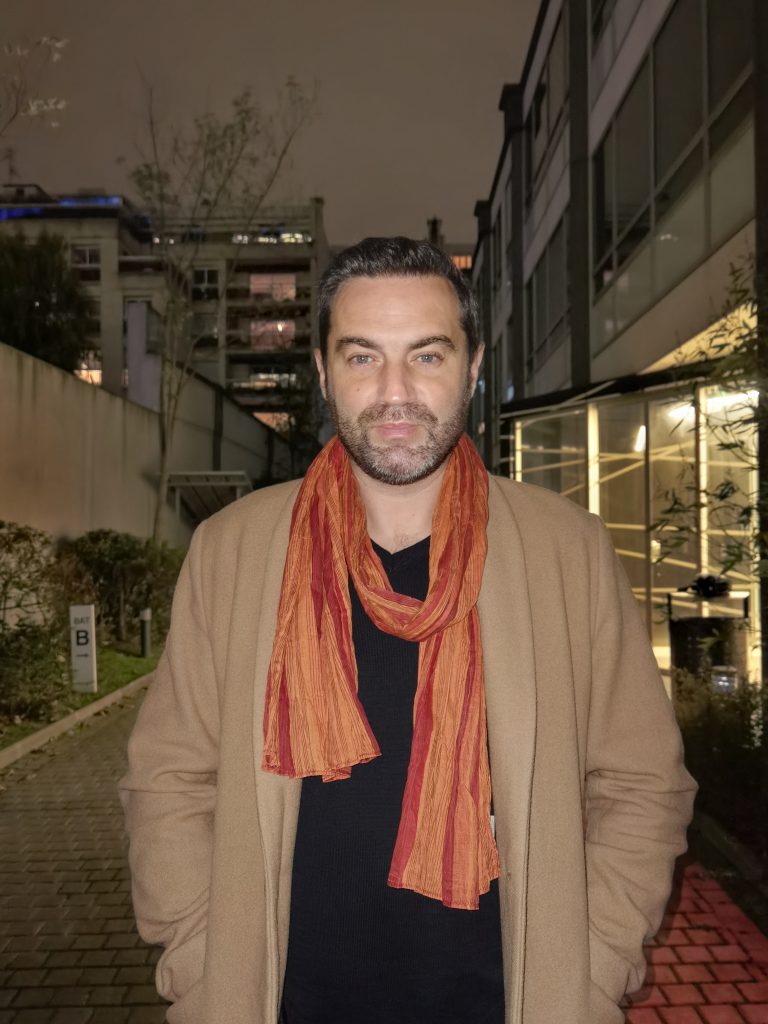





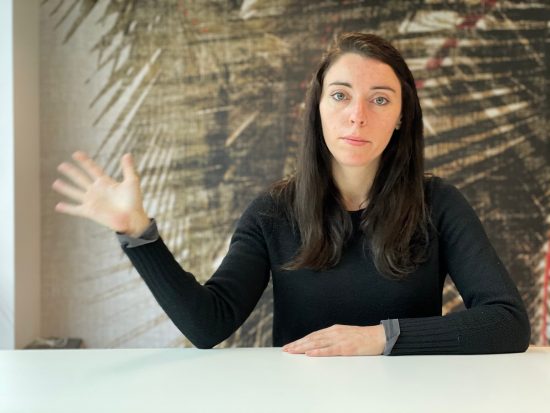


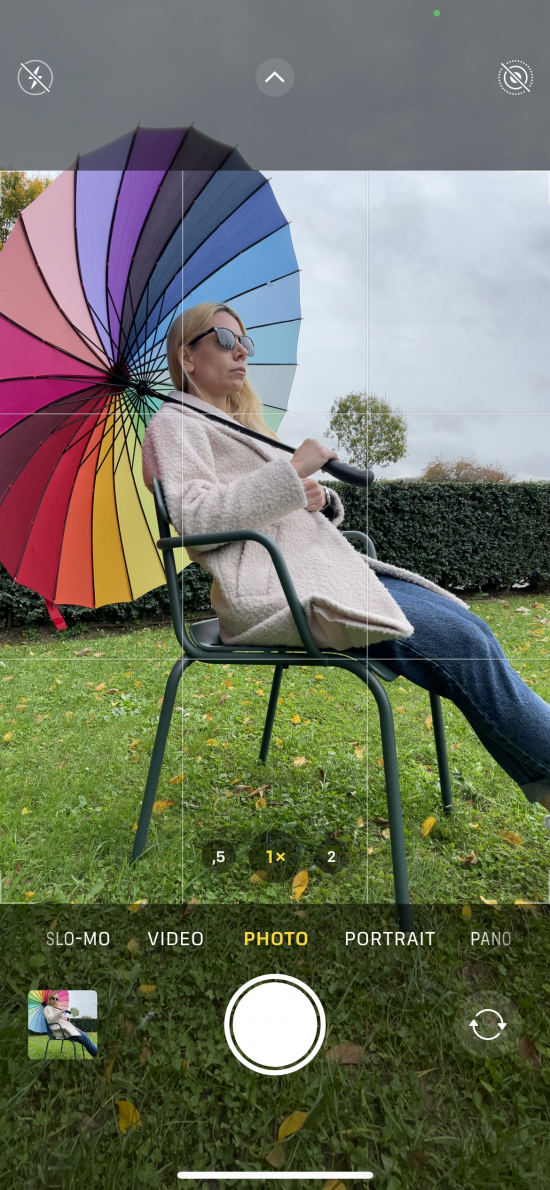
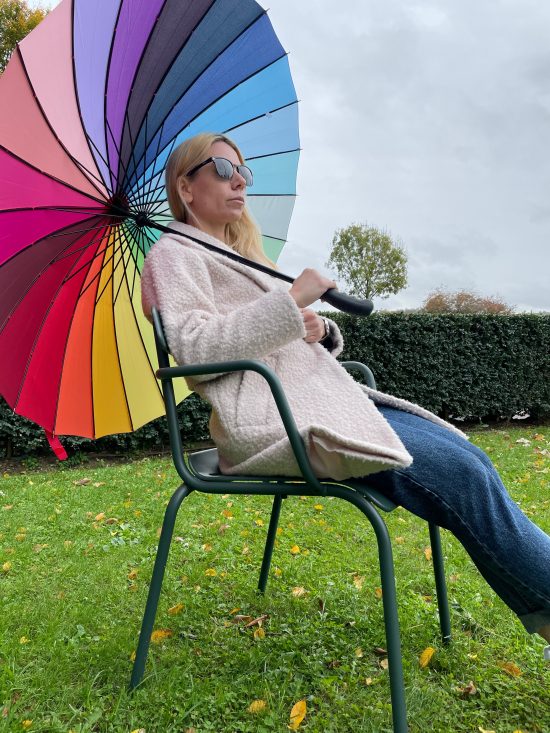
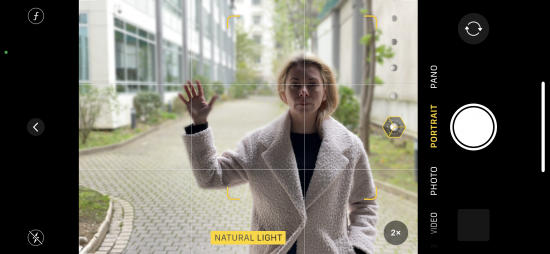



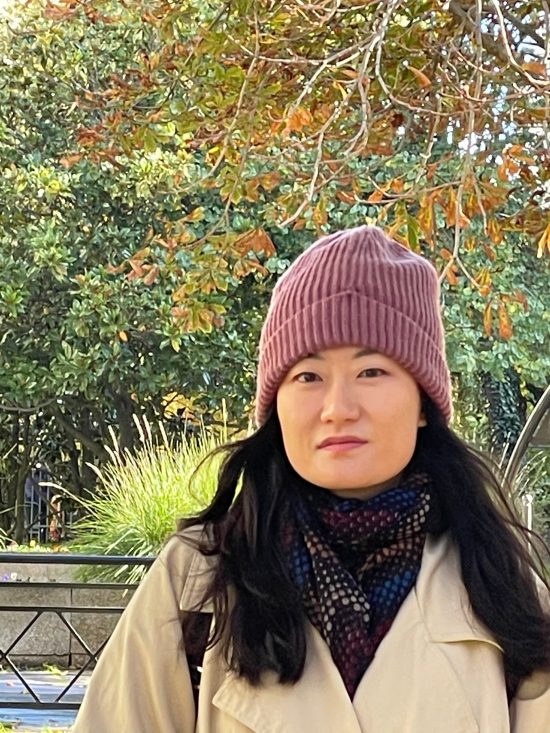
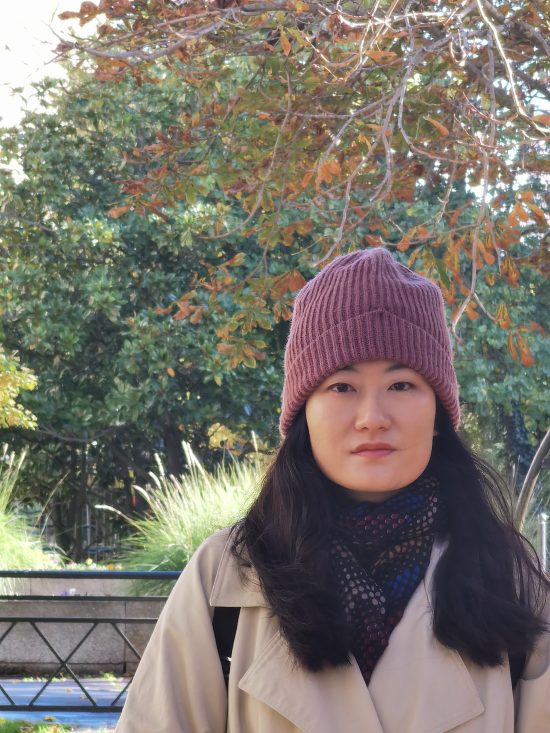

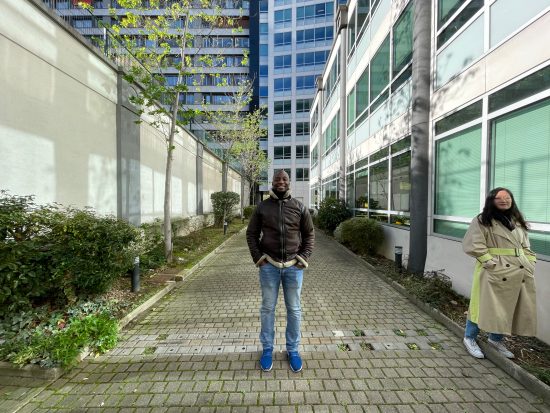
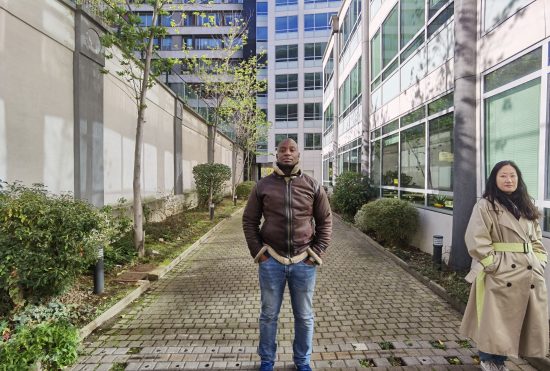

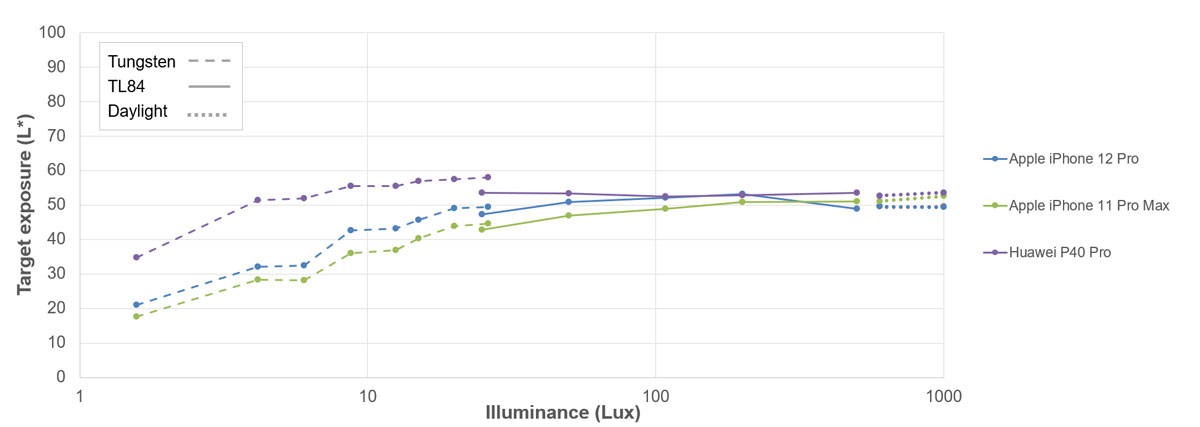
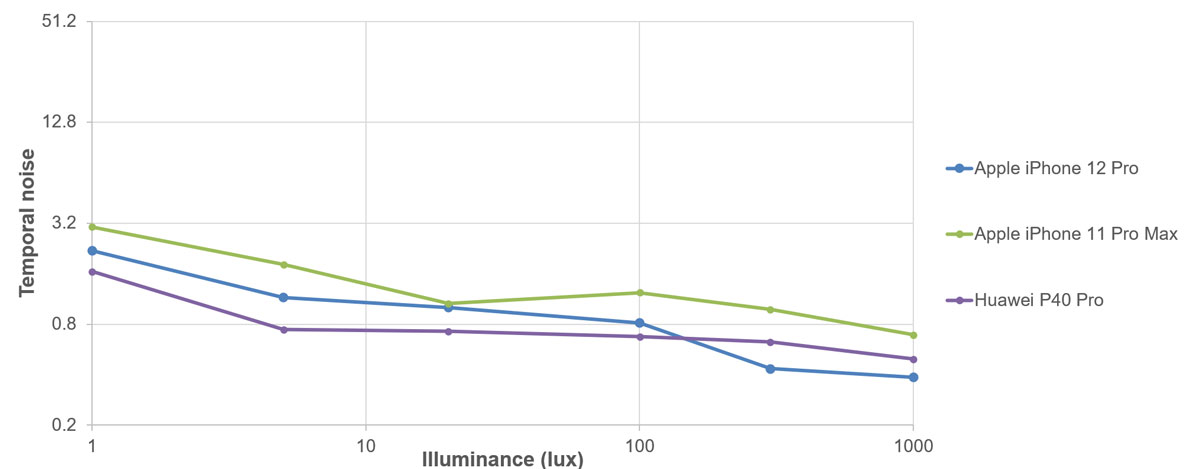
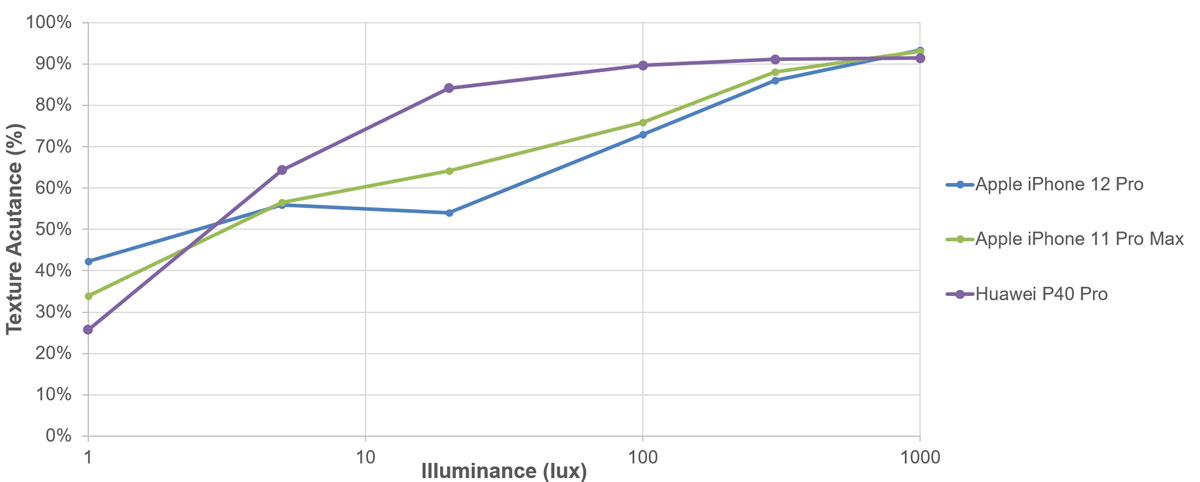
DXOMARK encourages its readers to share comments on the articles. To read or post comments, Disqus cookies are required. Change your Cookies Preferences and read more about our Comment Policy.